Palm candy, commonly known as “Tal mishri/ Panakarkandu/ Panam Kalkandu”, a crystalline translucent sweet candy..
As we have seen, palm nectar is obtained by tapping the spadix of the palm tree, further the palm nectar is collected, filtered and then concentrated by boiling. Further from this stage depending on the final product (palm candy or palm jaggery mould or powder) the process varies a little.
To get palm candy, the syrup is poured into pots. In the middle, a palm leaf is tooled up and placed to avoid fungal growth (as part of organic processing) and then the pot is covered with a cloth and left undisturbed for about 3 months..
By then the syrup will crystallize into large crystals. This is called panakarkandu/ palm candy, that’s broken and availed to us in small pieces..
While, to get palm jaggery, the thickened syrup soon after boiling is poured into moulds to set. To get palm sugar, the same thickened syrup is removed from the fire and left to cool to a thick mass, all the time stirring till it gets dry and powdered..
While we have known the benefits of palm jaggery, little is pronounced about the palm candy. While it is similar to khandsari sugar (the brown fine sugar crystal made from sugarcane)
Looking at palm candy’s health benefits, as the palm nectar is concentrated by boiling to a certain brix, and cured naturally through fermentation for around 2.5-3 months..
As a result of the effect of non-enzymatic browning/ Maillard reaction products (MRPs), formed during the production of dark malts, cured by fermentation and cooling.. thus evident that the activity of yeast increases (but only when the fermentation is carried out in a proper way)
| Weight | 0.250 kg |
|---|
Be the first to review “Palm candy/ Panakarkandu (250 G)” Cancel reply
Related products
Sweeteners & Salts
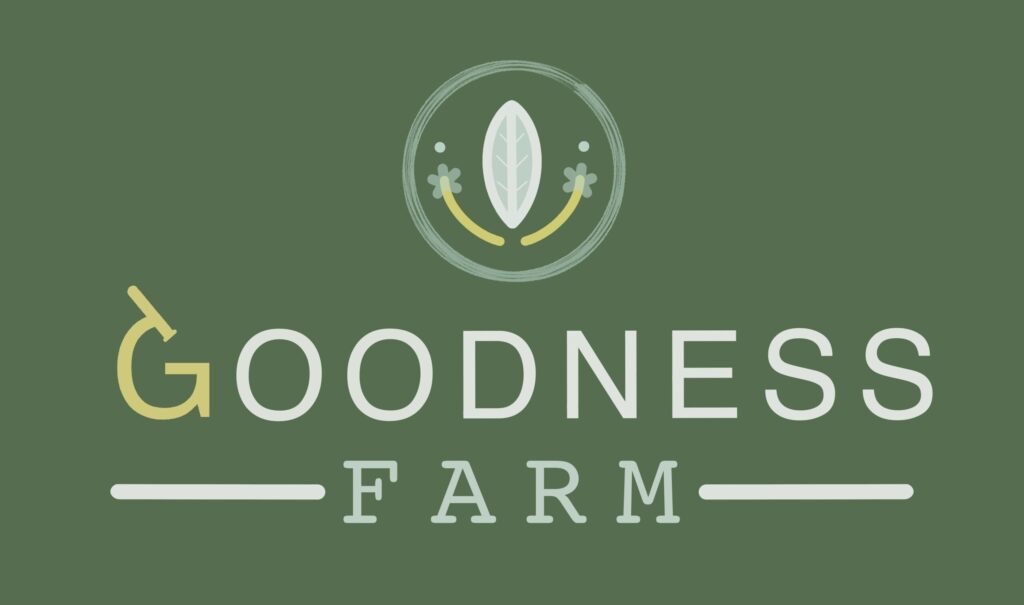
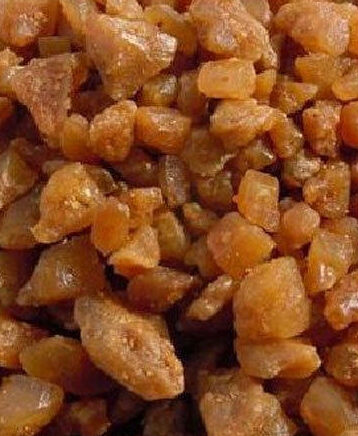
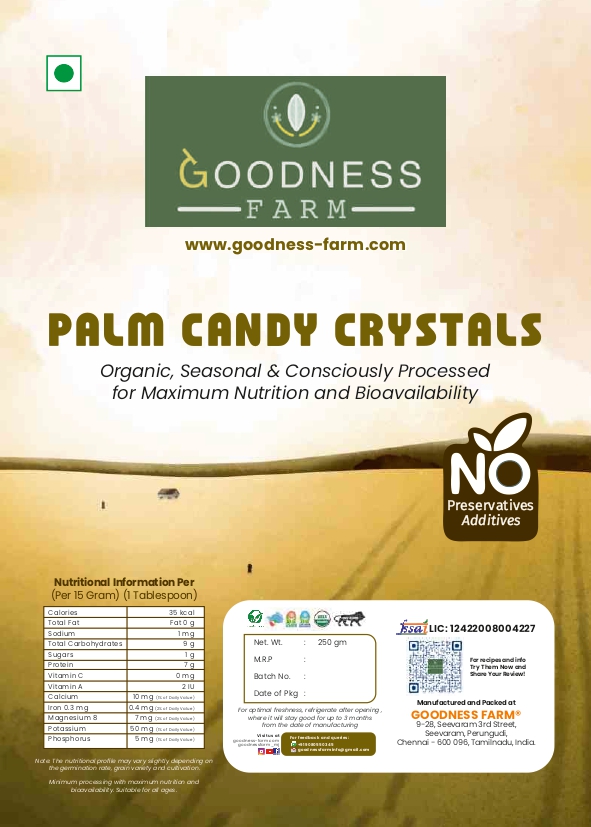

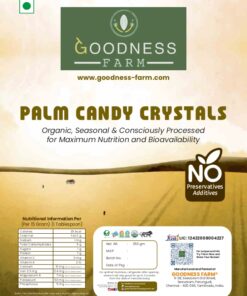



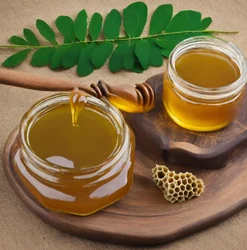

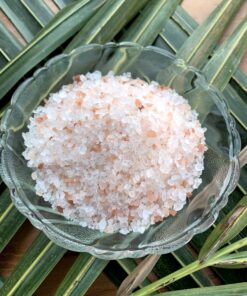
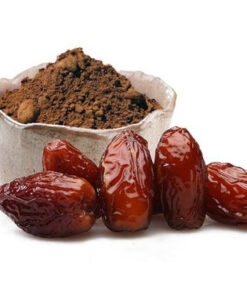
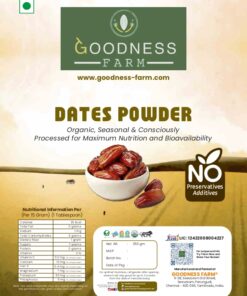
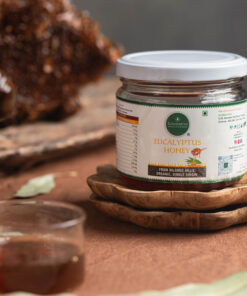
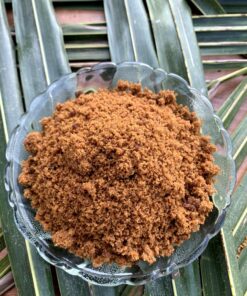
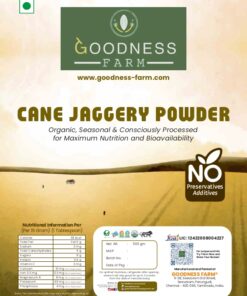
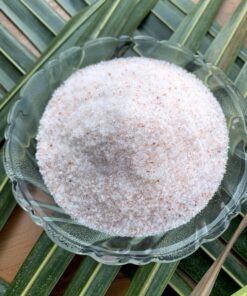

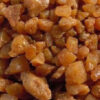
Reviews
There are no reviews yet.